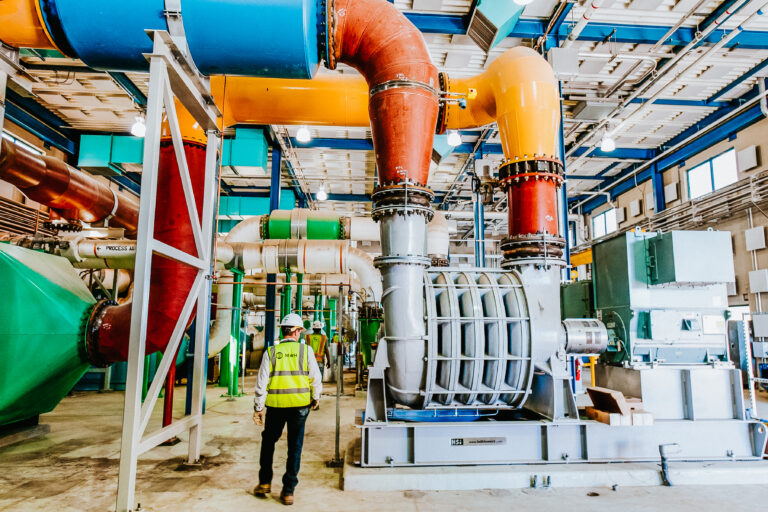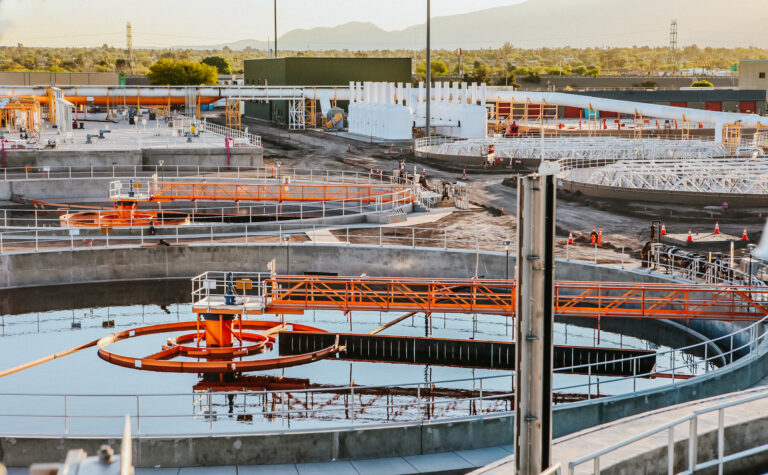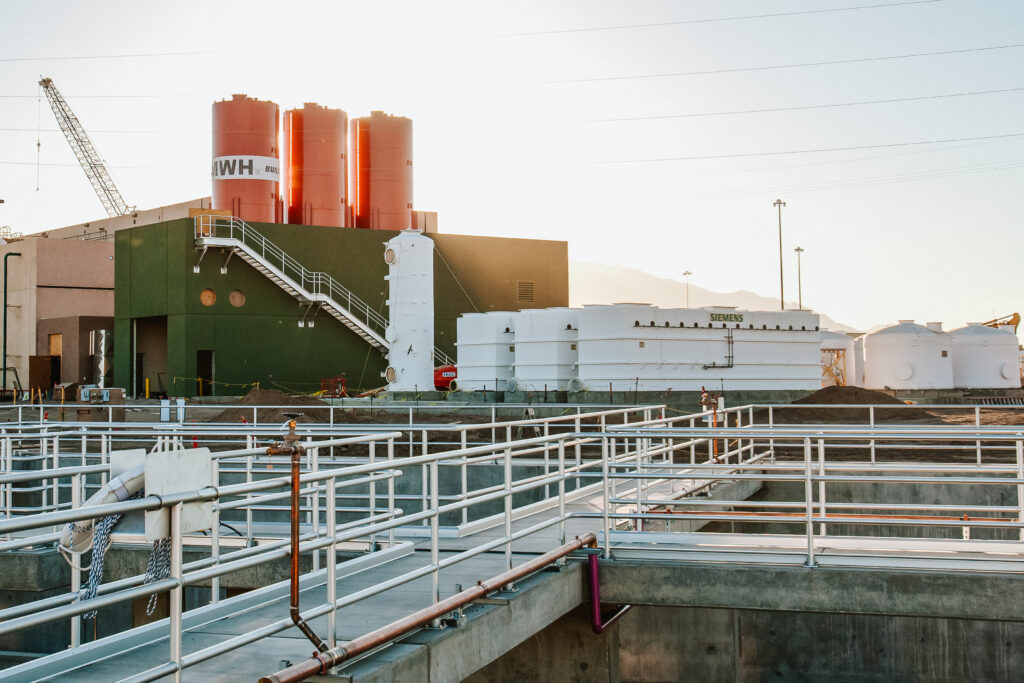Author: Lana Piskorowski
2024 marks the ten-year anniversary of the completion of the Tres Ríos Water Reclamation Facility (WRF) Project. Operating as the construction-manager-at-risk on this $232 million Pima County project, MWH Constructors enhanced the plant’s capacity from 37.5 MGD to 50 MGD, transforming an outdated facility (built in 1977) into a modern wastewater plant. The upgrade and expansion of the Tres Ríos WRF provided the highest quality effluent, classified as A+ reuse, equipped with state-of-the-art technology, automation, and process controls. This streamlined operational efficiencies and increased water availability for the residents of Pima County, Arizona.
The Tres Ríos WRF significantly benefited the Pima County and Tucson communities. Innovations implemented during the project maximized the value of sewer user fees, resulting in a top-tier water treatment facility. The project also created a healthy habitat for fish and birds near the Santa Cruz River and established one of the area’s most sustainable water treatment facilities.

A critical factor in the success of the Tres Ríos project was MWH’s strategic decision to self-perform 50% of the work. “It was a very complicated existing plant. One of the benefits of CMAR and going the route of self-performance is controlling all the unknowns,” shared Michael Haarmann, who was the Project Manager throughout the project. This approach enabled MWH to implement BIM tools and techniques effectively, driving quality and efficiency in over $45 million of self-perform work.
It was a very complicated existing plant. One of the benefits of CMAR and going the route of self-performance is controlling all the unknowns.
MICHAEL HAARMANN – Project Managaer, MWH Constructors
Self-performing, which involves using in-house skilled labor and equipment for critical construction activities such as concrete, electrical, plumbing, framing, and carpentry, brought numerous benefits. It provided enhanced control over project quality and timelines, ensuring that focus on safety, quality, budget, and schedule was maintained. Managing the most intricate tasks in-house, MWH ensured a high degree of precision and efficiency in execution. This was particularly evident in the project’s incorporation of a new 25 MGD 5-stage Barnard Denitrification and Phosphorus removal (Bardenpho) system, replacing an existing high-purity oxygen (HPO) train. Close collaboration with the design team and plant operations staff was pivotal in enabling MWH to successfully manage more than 250 mechanical tie-ins and 350 electrical switchover ties. This teamwork also facilitated the management of three planned plant shutdowns, all completed without incident.

The project also marked a significant strategic shift for MWH. Quentin Williams, Senior Vice President, highlighted the project’s impact on future strategies: “One thing that we did at Tres Ríos was integrate a digital delivery system for the first time, aligning design with scheduling. This approach not only streamlined our processes but also set a precedent for future projects.” Complementing this, MWH created 4D BIM to verify site logistics, yard operations, and temporary facilities, enhancing decision-making with accurate real-time information. The adoption of 5D BIM further enabled MWH to effectively monitor construction costs, providing essential estimating information throughout the design phase.
One thing that we did at Tres Ríos was integrate a digital delivery system for the first time, aligning design with scheduling. This approach not only streamlined our processes but also set a precedent for future projects.
Quentin Williams – Senior Vice President, MWH Constructors
Addressing the long-term challenge of labor backlog, self-perform has helped relieve the construction industry’s burden. By performing critical activities with our experienced crews, MWH could provide cost and time savings, and ensure quality workmanship. This approach also fostered a culture of builders within the company, enhancing collaboration and communication across all project aspects.
As we look back, the Tres Ríos project reminds us of our commitment to excellence and continues to serve as a blueprint for how to enhance efficiency, as well as streamline and execute projects. This project not only contributed to MWH’s growth but also offered insights and learnings that continue to be invaluable across the sector.



